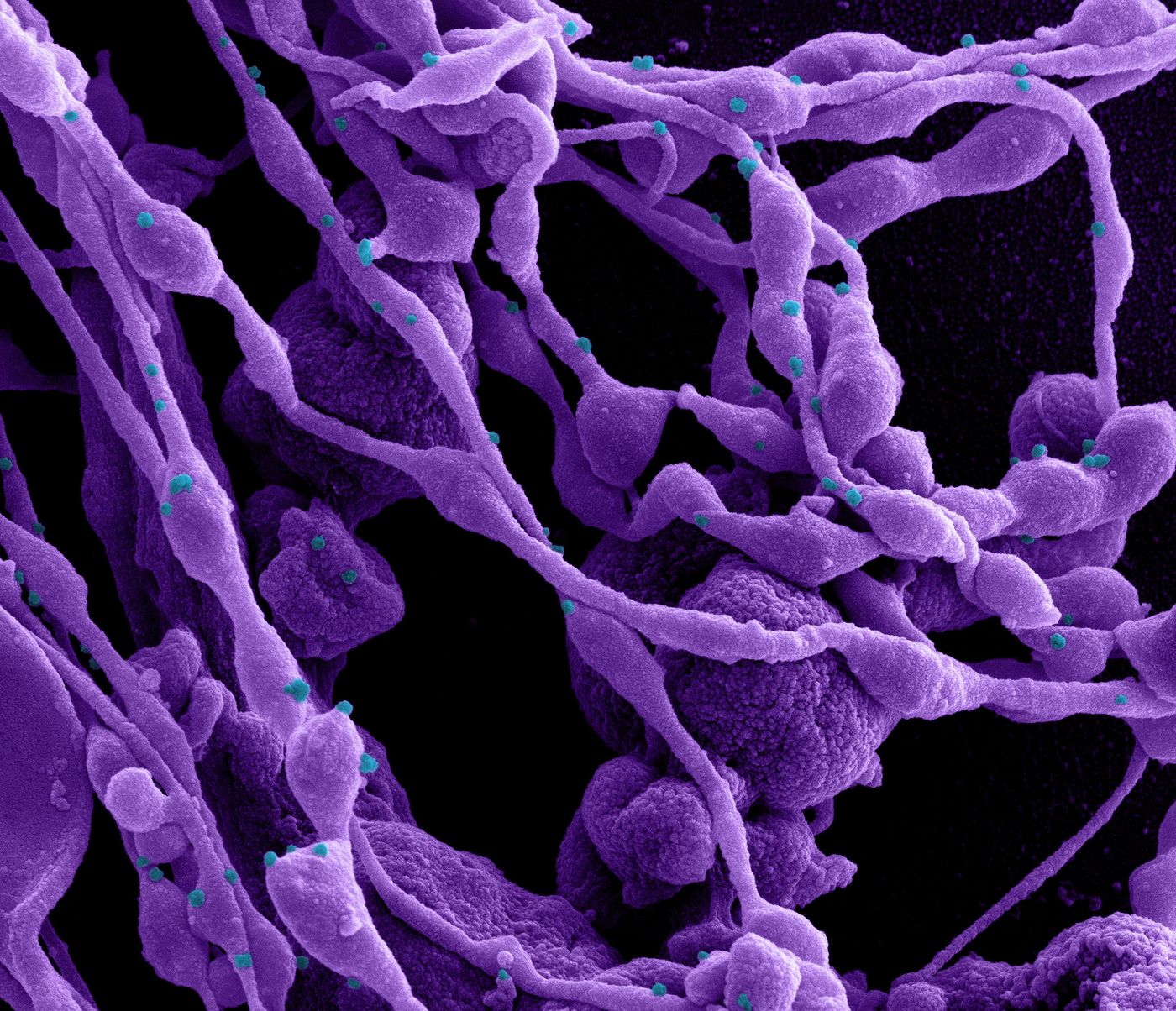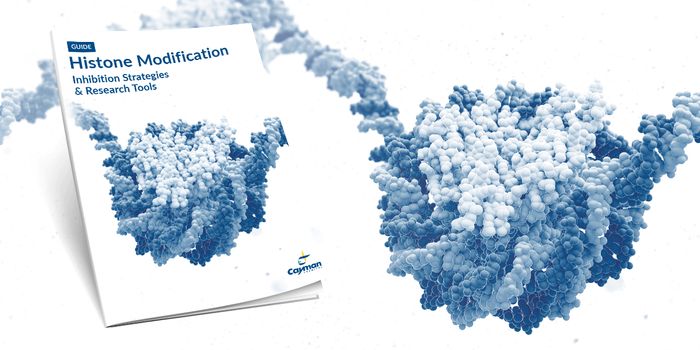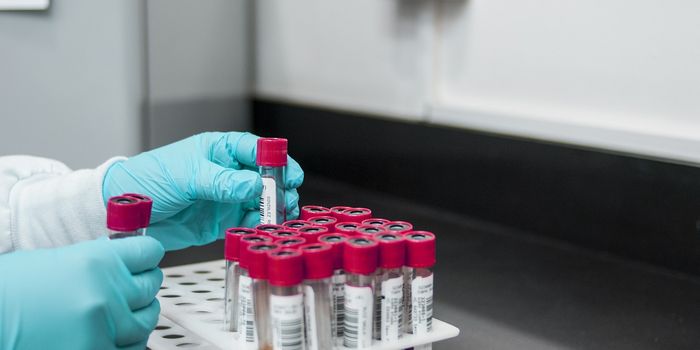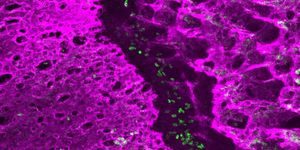Taking Aim at the Sugar Coat of the SARS-CoV-2 Spike Protein
We've learned a lot about the virus that causes COVID-19, SARS-CoV-2, in the past year and a half. Researchers know the genetic sequence of the virus and many of its variants and a bit about the proteins they generate. There's been intense focus on the so-called spike protein of the virus, which it uses to attach to host cells. Once that happens, the virus can bind to the host cell membrane and gain entry into the host cell to cause infection. The spike protein binds to receptors on human cells called ACE2 (angiotensin converting enzyme 2), many of which are present on the surface of cells found in the nose. If a molecule can interfere with the link between the host cell and the SARS-CoV-2 spike protein, infection might be prevented.
In May, researchers determined that sugar-binding proteins called lectins could attach to sugar groups called glycans that are part of the SARS-CoV-2 spike protein. The virus uses the sugars to coat its spike protein, and disguise it from the host immune system. The scientists generated a library of 140 different lectins to look for those that would bind efficiently to the viral glycans and might be a potential way to prevent COVID-19 infection.
The spike protein is also glycosylated in places that are conserved, or which remain the same, among the virus and its current variants.
Reporting in the EMBO Journal, the research team has now found two lectins that can disrupt the binding between SARS-CoV-2 and the ACE2 receptor; they're called Clec4g and CD209c.
"We now have tools at hand that can bind the virus's protective layer and thereby block the virus from entering cells," said co-first study author Stefan Mereiter, a postdoctoral researcher in the lab of Josef Penninger, director of the Life Sciences Institute at the University of British Columbia.
"This mechanism could indeed be the Achilles' heel scientists have been longing to find," added Mereiter.
The investigators even measured the binding forces and the number of bonds that formed between the lectins and spike protein. This also revealed which sugars Clec4g and CD209c attach to; they link up with a place on the spike protein at site N343 (an N-glycan at position N343). All infectious variants of SARS-CoV-2 appear to have this site, and research has suggested that when it's lost the spike protein loses stability, and the virus cannot infect cells.
"This means that our lectins bind to a glycan site that is essential for spike function; it is therefore very unlikely that a mutant could ever arise that lacks this glycan," suggested Mereiter.
When the researchers tested the lectins in a culture model of lung cells exposed to SARS-CoV-2, the infection level decreased. This work suggests that it could be a route toward a treatment for COVID-19.
"The approach compares to the mechanism of the drug candidate APN01 [Apeiron Biologics], which is undergoing advanced clinical trials. This is a bioengineered human ACE2 that also binds to the spike protein. When the spike protein is occupied by the drug, the gateway into the cell is blocked. Now, we identified naturally occurring, mammalian lectins that are capable of doing just that," said Penninger.
Sources: Phys.org via IMBA - Institute of Molecular Biotechnology of the Austrian Academy of Sciences, EMBO Journal









